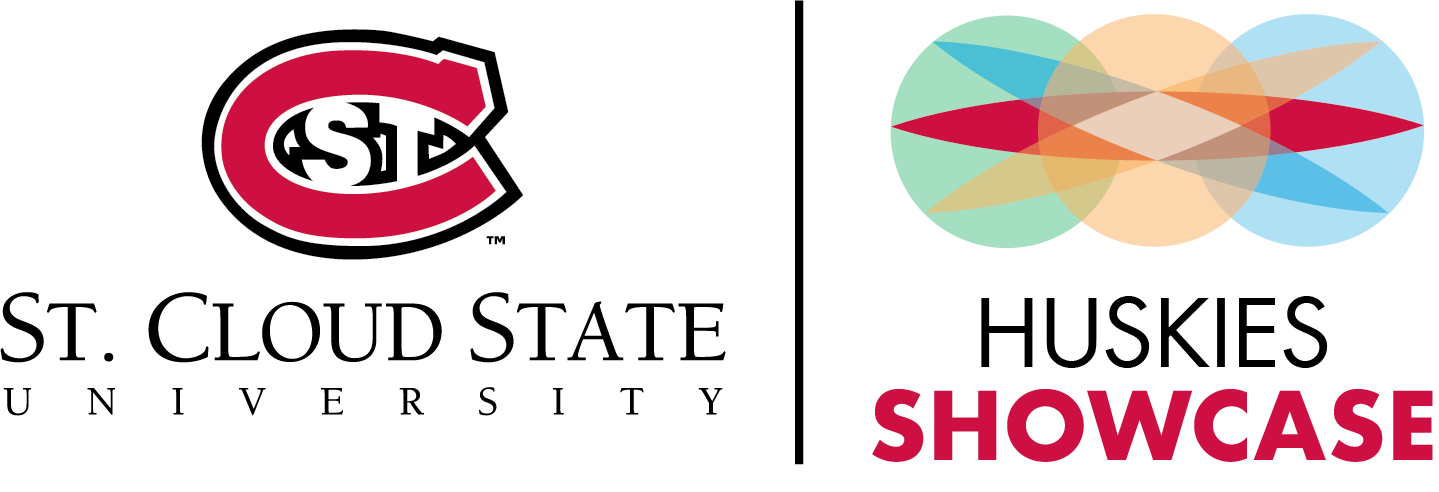Presentation Type
Powerpoint Presentation
Location
Atwood Memorial Student Union
Start Date
11-4-2018 12:00 AM
End Date
11-4-2018 12:00 AM
Description
Award for "Best Demonstration".
Abstract
Face detection is the process where machines identify faces within an image or visual field. Face detection is used in analyzing emotions, and even in social networking applications, such as Snapchat. The underlying mechanism of face detection is to locate key landmarks on a person’s face. The goal is to detect faces using a webcam, find the facial landmarks of the detected faces, and overlay customized images relative to the facial landmarks. Machines need to be taught to detect faces. It is crucial to teach the program to identify the different types of jawlines. The program is provided a data model which specifies different combinations of facial landmark positions. The machine is then able to compare the objects seen in its visual field to the data model. Once the machine recognizes the landmarks, it places image overlays across the visual display or mutates the visual display. These images can be stationary across the visual field, or mobile relative to the facial landmarks. The programs built for this project are capable of detecting faces using a webcam, finding the facial landmarks of the detected faces, and overlaying customized images relative to the facial landmarks. Before the programs were created, existing software, toolboxes, and libraries were surveyed. The project’s programs closely resemble Snapchat and Instagram filters. The limitation of the programs built for this project is that they have not been optimized for smartphones; the programs work only on a laptop or a smaller computer, such as the Raspberry Pi. Hence, the programs are not widely accessible to the general public.
Included in
Artificial Intelligence and Robotics Commons, Graphics and Human Computer Interfaces Commons, Theory and Algorithms Commons
Husky Masquerade
Atwood Memorial Student Union
Award for "Best Demonstration".
Abstract
Face detection is the process where machines identify faces within an image or visual field. Face detection is used in analyzing emotions, and even in social networking applications, such as Snapchat. The underlying mechanism of face detection is to locate key landmarks on a person’s face. The goal is to detect faces using a webcam, find the facial landmarks of the detected faces, and overlay customized images relative to the facial landmarks. Machines need to be taught to detect faces. It is crucial to teach the program to identify the different types of jawlines. The program is provided a data model which specifies different combinations of facial landmark positions. The machine is then able to compare the objects seen in its visual field to the data model. Once the machine recognizes the landmarks, it places image overlays across the visual display or mutates the visual display. These images can be stationary across the visual field, or mobile relative to the facial landmarks. The programs built for this project are capable of detecting faces using a webcam, finding the facial landmarks of the detected faces, and overlaying customized images relative to the facial landmarks. Before the programs were created, existing software, toolboxes, and libraries were surveyed. The project’s programs closely resemble Snapchat and Instagram filters. The limitation of the programs built for this project is that they have not been optimized for smartphones; the programs work only on a laptop or a smaller computer, such as the Raspberry Pi. Hence, the programs are not widely accessible to the general public.




